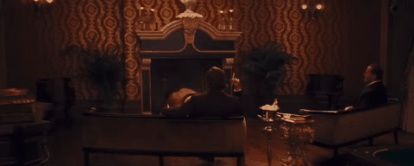Track – a shot where the camera follows someone or something along as they move through the scene
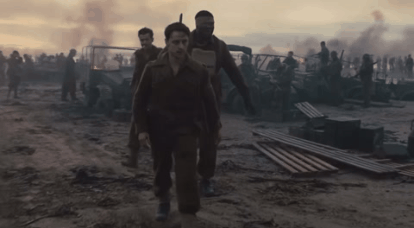
— — — — — — — — — —
Crab / Truck – the sideways movement of a camera
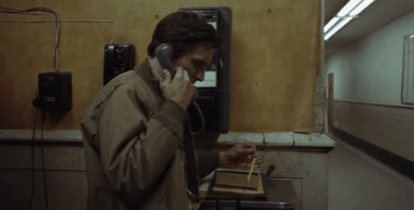
— — — — — — — — — —
Ped / Pedestal – a shot in which the camera raises or lowers in relation to the subject
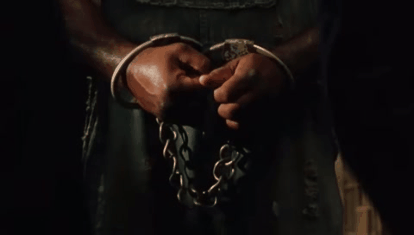
— — — — — — — — — —
Pan – a horizontal movement in which the camera base remains in a fixed location while the camera turns horizontally
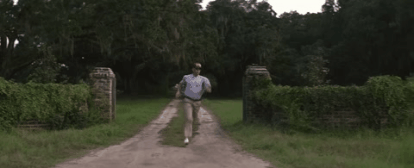
— — — — — — — — — —
Tilt – a vertical movement in which the camera base remains in a fixed location while the camera pivots vertically

— — — — — — — — — —
Crane – a shot taken by a camera on a moving crane or jib

— — — — — — — — — —
Dolly – a shot in which the camera uses optics to focus and zoom at the same time, whilst the camera physically moves towards the subject at the same speed as the lens zooms out
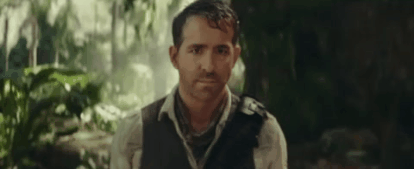
— — — — — — — — — —
Zoom – a shot where the focal length of a camera lens is adjusted to give the illusion of moving closer or further away from the subject
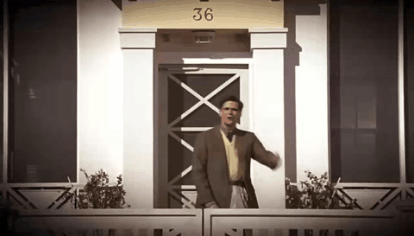
— — — — — — — — — —
Crash Zoom – a similar shot to a Zoom Shot, but executed rapidly to provide energy and impact to a reaction shot
